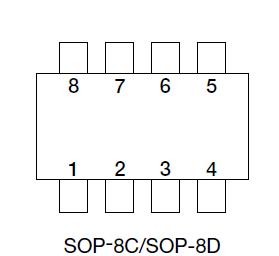MM1292: Features: ` Current consumption (during overcharging)VCELL=4.5V 80A typ.` Current consumption (normal)VCELL=3.5V 13A typ.` Current consumption (during excess discharging)VCELL=1.9V 0.5A typ.` Curren...
floor Price/Ceiling Price
- Part Number:
- MM1292
- Supply Ability:
- 5000
Price Break
- Qty
- 1~5000
- Unit Price
- Negotiable
- Processing time
- 15 Days
SeekIC Buyer Protection PLUS - newly updated for 2013!
- Escrow Protection.
- Guaranteed refunds.
- Secure payments.
- Learn more >>
Month Sales
268 Transactions
Payment Methods
All payment methods are secure and covered by SeekIC Buyer Protection PLUS.

 MM1292 Data Sheet
MM1292 Data Sheet







